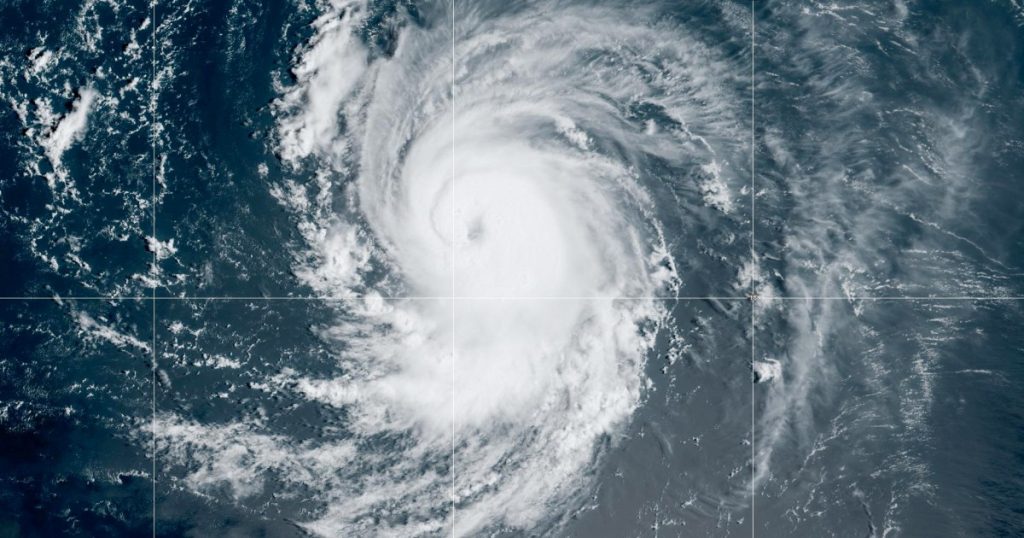The National Oceanographic and Atmospheric Administration recently issued their highest hurricane season forecast in May, predicting an exceptionally busy upcoming season. With near-record warmth in the Atlantic Ocean and strong chances of La Niña conditions, NOAA forecasts 8 to 13 hurricanes and 17 to 25 named storms. This prediction aligns with other public, private, and government hurricane forecast services, all anticipating an above-normal season along the Atlantic seaboard. The combination of record sea surface temperatures and the absence of El Niño increases forecasters’ confidence that this season could be significant.
Philip Klotzbach, a meteorologist at Colorado State University, highlights the unusual coincidence of record sea surface temperatures and the strong chance of La Niña, both factors contributing to the high forecast. While last year’s season was affected by a strong El Niño, this year, the Atlantic’s high temperature combined with the absence of El Niño may lead to more significant storms. The high forecast does not necessarily indicate that a strong hurricane will make landfall in the U.S., but it does suggest increased potential for rapid intensification due to the record sea surface temperatures.
Record sea surface temperatures could fuel rapid intensification, a phenomenon in which hurricane winds suddenly ramp up as the storm nears shore. Brian McNoldy, a senior research associate at the University of Miami, notes that this season poses a significant threat. With the increased likelihood of more intense hurricanes, McNoldy, who lives in a hurricane-prone area, expresses concern about the potential impact of this season. The combination of La Niña conditions and high ocean temperatures could lead to more severe storms, posing a heightened risk to coastal areas.
Forecasters at NOAA and other hurricane prediction services anticipate an above-normal season for hurricanes and named storms, primarily due to the high sea surface temperatures in the Atlantic and the likelihood of La Niña conditions. This alignment of factors increases the potential for an active hurricane season, with forecasters emphasizing the need for preparedness and vigilance. With the number of predicted storms surpassing historical averages, experts caution that this season could bring severe weather events and significant impacts along the Atlantic coast.
The high number of named storms, hurricanes, and major hurricanes predicted by NOAA and other forecasters indicates an active and potentially dangerous hurricane season. The combination of record sea surface temperatures and La Niña conditions increases the likelihood of more intense storms, raising concerns for coastal areas. While the forecast does not determine where the storms will make landfall, the increased number of predicted storms suggests a greater risk of severe weather events. The potential for rapid intensification further underscores the need for preparedness and caution as the hurricane season progresses.


